
Start up
Passion. Potential. Pitches. Don't miss any of the 2025 New Venture Challenge excitement.
Tune in Friday, April 11 at 1 p.m. for great ideas and fierce competition. Then, join the judges, mentors, spectators and teams as they see who is going home with thousands of dollars in venture financing. The awards broadcast begins at 6:30 p.m. and one team will walk away as the overall best venture.
Central Michigan University’s College of Business Administration is the home of the Isabella Bank Institute for Entrepreneurship and the first Department of Entrepreneurship in the state of Michigan. We are a student-centric hub where experiential, curricular, and external entrepreneurial opportunities intersect.
Our mission is to maximize student success by fostering a campus-wide entrepreneurial mindset that promotes inter-disciplinary collaboration and the creation of new ventures.
We aim to create innovative programming, boost cross-campus and ecosystem collaboration and provide a comprehensive mentoring program.
Our institute provides extracurricular opportunities and is open to all undergraduate and graduate CMU students.
Are you interested in becoming an entrepreneur?
Every journey is unique. Explore the opportunities that interest you.
As winter approaches, several Michigan schoolteachers are fondly remembering their summer days at an island getaway — but it was no mere vacation.
The location was the Central Michigan University Biological Station on Beaver Island, the summer days were the weeklong 2019 Beaver Island Institute, and the fond memories are driving innovative learning across the state throughout the school year and beyond.
CMU faculty members Troy Hicks in teacher education and professional development and Wiline Pangle in biology present the annual institute for Michigan teachers, with support from other K-12 teacher leaders.
“Originally we designed the institute for middle school science and language arts teachers,” Hicks said, “but it’s expanded now to welcome elementary and high school teachers across many K-12 subjects.”
The program focuses on experiences for teachers that, in turn, will spark children’s natural curiosity, build their scientific literacy skills, and expose them to technology and data in the classroom. It aligns with Michigan’s implementation of Next Generation Science Standards and Common Core State Standards for English Language Arts.
“The Institute is built on collaboration,” Pangle said, “with pairs of teachers from the same school attending together, typically an English language arts teacher paired with a science teacher — but sometimes art teachers, as well — to break down walls between disciplines.”
Hicks said the professional experience for teachers helps put kids at the center of science learning: “We need students to experience a phenomenon first — and that will get them interested and asking questions.”
Troy Hicks said participating teachers evaluating their experience with the Beaver Island Institute over the past four years consistently rate it as one of their best professional learning opportunities. Contact him to learn about the 2020 institute: troy.hicks@cmich.edu.
“My students now do science, not just read about science,” said CMU alum Todd Starry, who teaches middle school science in St. Louis, Michigan.
Starry, one of 14 teachers at this year’s institute in August, also attended the first institute in summer 2016. It’s changed his way of thinking about the classroom, and he now trains other staff in methods he has learned from the institute.
“My teacher evaluations have improved, and my classroom is student-driven in many ways,” he said. “My main purpose is to steer the ship, not be the captain anymore.”
The real measure of success?
“My students this year will be more prepared for high school than any group I have taught in 13 years.”
Here’s how Starry and three other Michigan teachers are turning their Beaver Island Institute experience into practical classroom innovations:
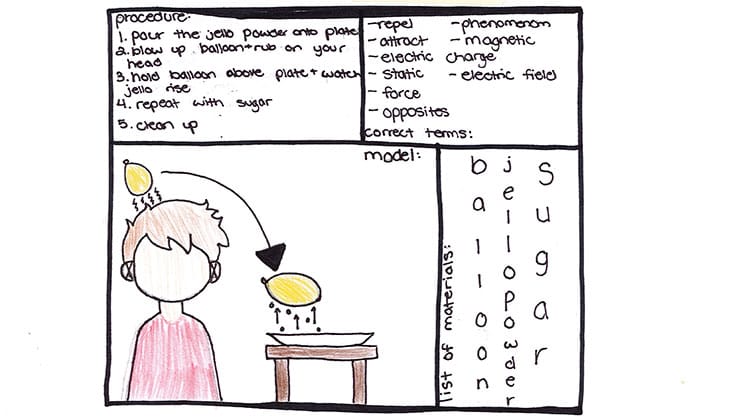
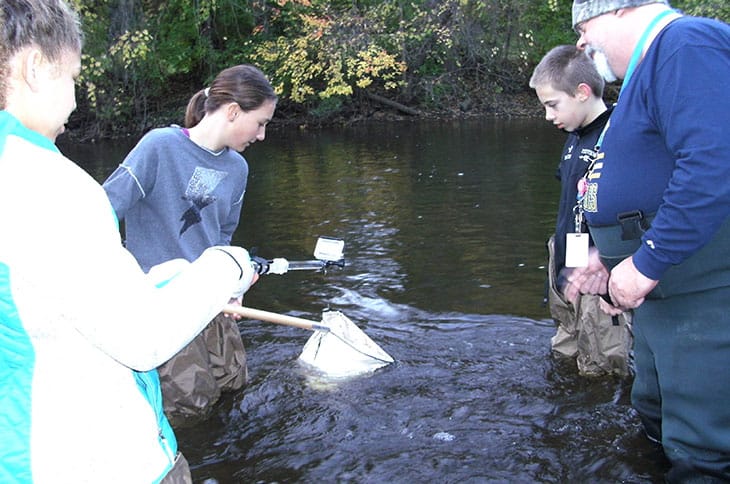
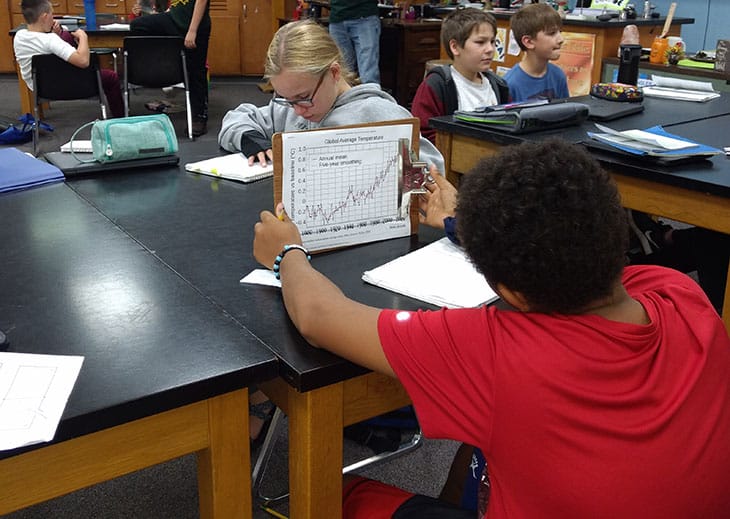
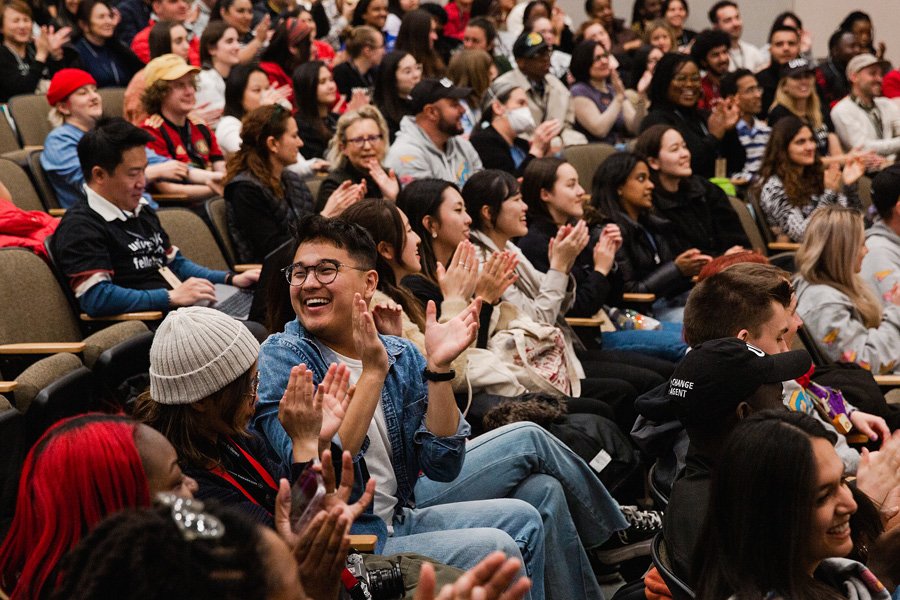
Explore special opportunities to learn new skills and travel the world.
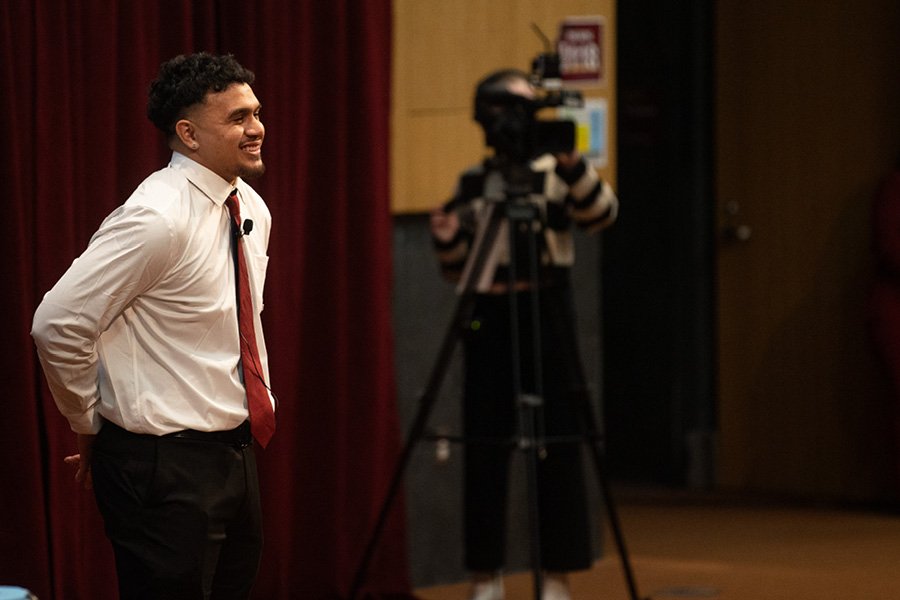
Present your venture and win BIG at the New Venture Challenge.
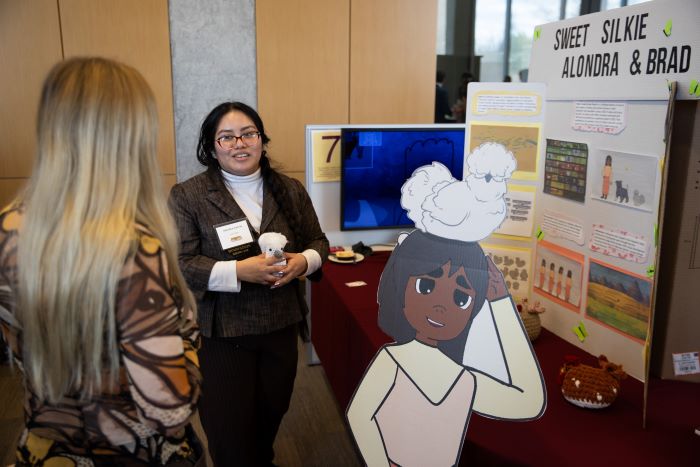
Boost your entrepreneurial skills through our workshops, mentor meetups and pitch competitions.

Learn about the entrepreneurship makerspace on campus in Grawn Hall.

Present a 2-minute pitch at the Make-A-Pitch Competition and you could win prizes and bragging rights!
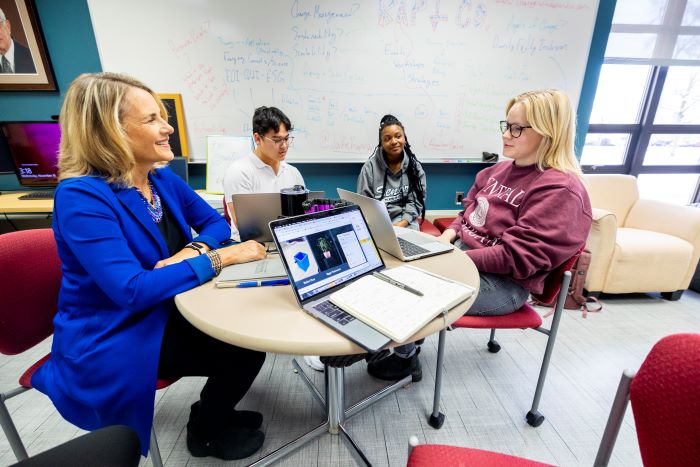
Connect with mentors and faculty who are here to support the next generation of CMU entrepreneurs.
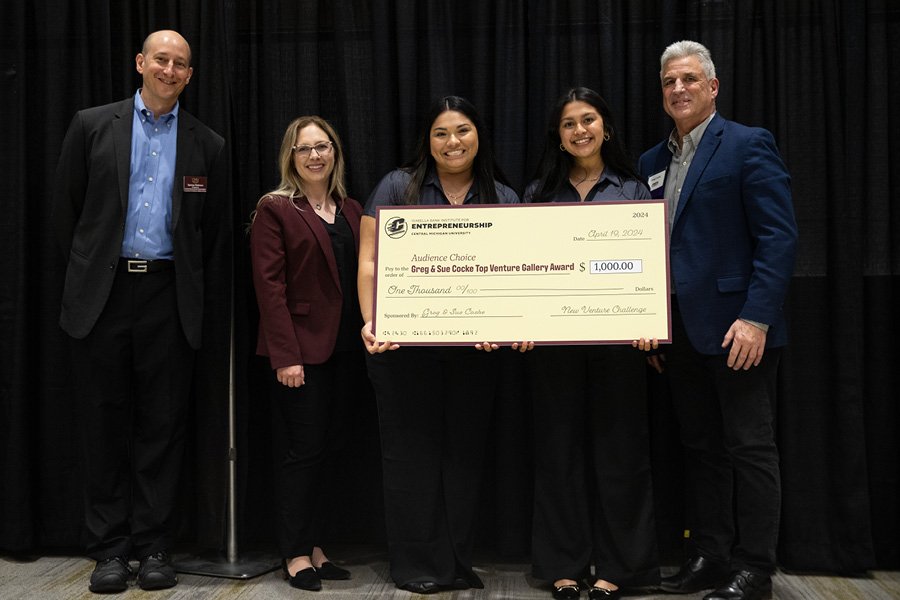
Are you a CMU alum looking to support CMU student entrepreneurs? Learn how you can support or donate to the Entrepreneurship Institute.